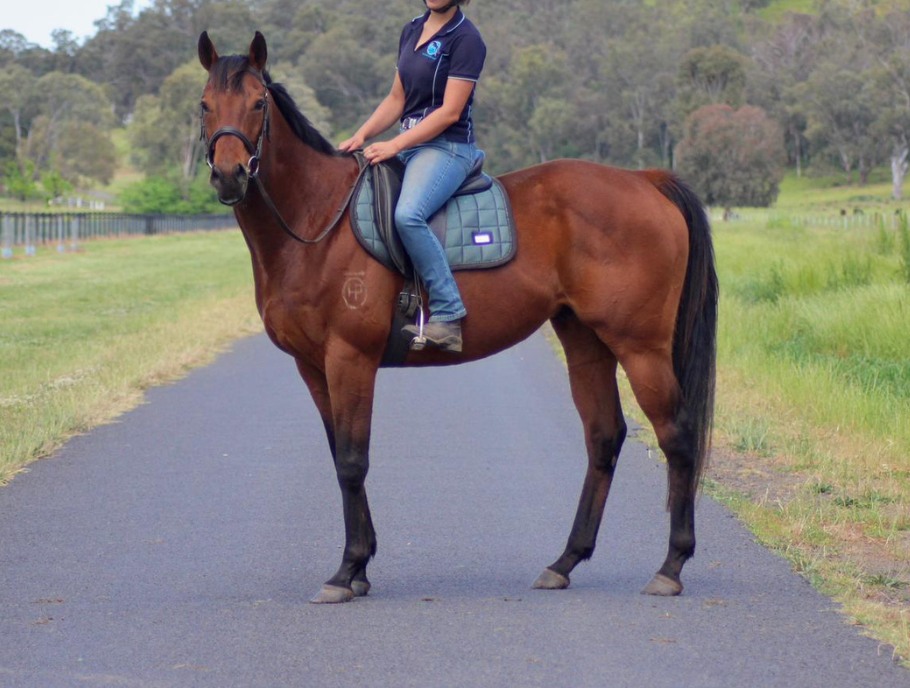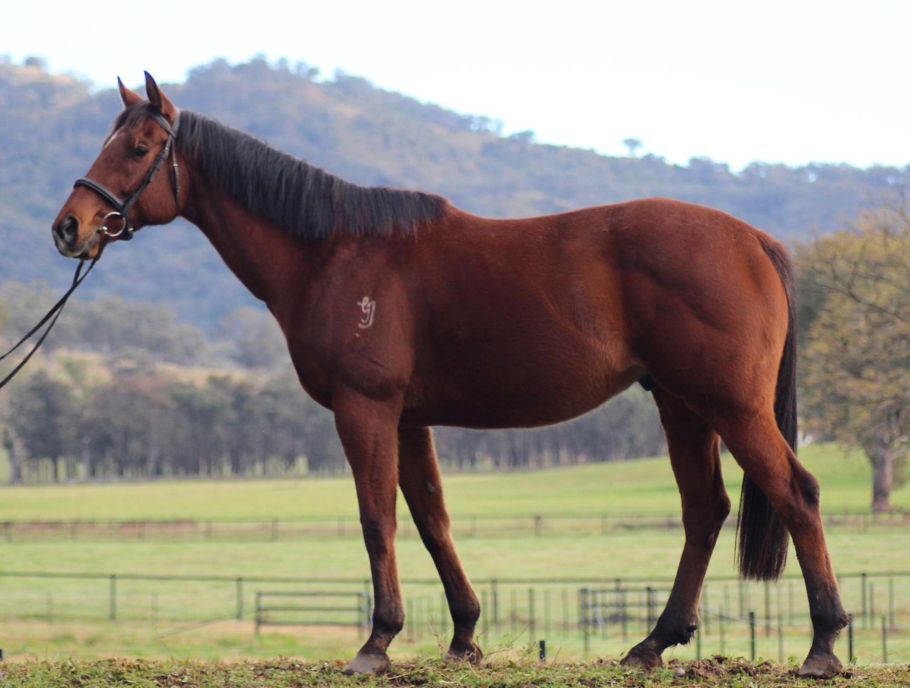
Cellulitis
By Dr Claire Moore
The ongoing high levels of rainfall can cause an increase in the occurrence of cellulitis as skin moistens and softens, therefore becoming more susceptible to infection.
What is cellulitis?
Cellulitis refers to a painful bacterial infection occurring beneath the skin, in soft tissues. The hindlimbs of the horse are most commonly affected, however any limb may be susceptible. Additionally, when cellulitis has already occurred in a limb, this limb may be prone to recurrence.
How does cellulitis occur?
Cellulitis most commonly occurs secondarily to an injury (wound) or other trauma which results in breakage of the skin barrier. Swelling usually progresses quickly from a localised area to a large proportion of the affected leg, as infection spreads.
Factors such as environmental conditions (such as the current weather pattern of extensive rainfall!), hoof trauma or abscessation, external parasites, the presence of a wound, and impaired lymphatic drainage of the affected leg may predispose a horse to developing cellulitis.
How do I recognise cellulitis in my horse?
- Marked swelling of part or the entire limb (often warm and painful to touch)
- Skin stretching and fluid seeping from skin
- Elevated temperature (>38.5C)
- Reduced appetite
- Lameness
- Dull demeanour, lethargy
- Swelling under the abdomen (oedema)
How is cellulitis treated?
The most important aspect of managing cellulitis is to start treatment as promptly as possible. The larger the affected area, the more difficult cellulitis is to treat, and the greater the likelihood of long-term consequences such as scar tissue development and reduced lymphatic function. If you suspect cellulitis, contact your veterinarian for advice.
Cold hosing the affected area, hand-walking, and pressure bandaging may be useful as adjunctive therapies, however may not be appropriate in all cases.
How can I prevent my horse from developing cellulitis?
In wet conditions, it is helpful to keep your horse’s legs clean, dry, and to treat any wounds promptly. If possible, avoid turning your horse out in muddy conditions. Finally, maintaining a regular exercise program may help to promote lymphatic drainage.
Latest Horses
Team Thoroughbred Newsletter
Subscribe to Redzel’s Roundup, the Team Thoroughbred e-newsletter, and be the first to know about our special events and activities, receive important information from our equine welfare veterinarians, read good news stories, go into the draw for Team Thoroughbred giveaways and most importantly be part of a passionate community of Thoroughbred lovers!


